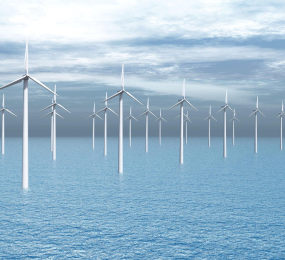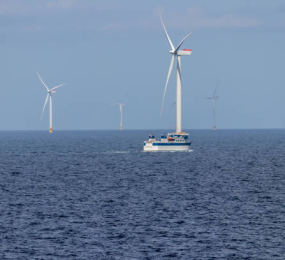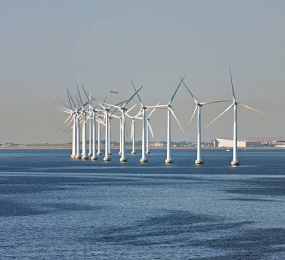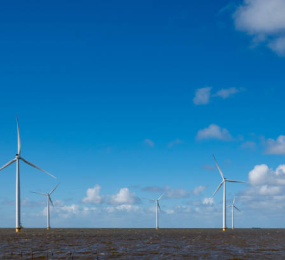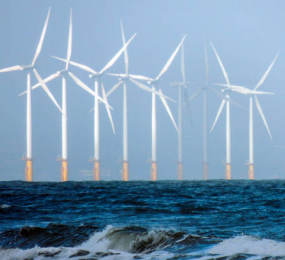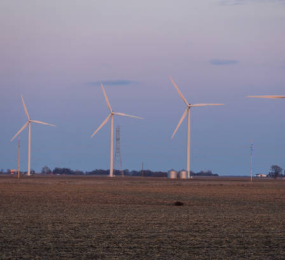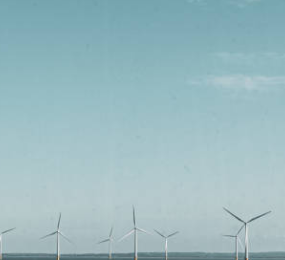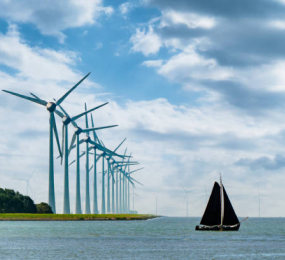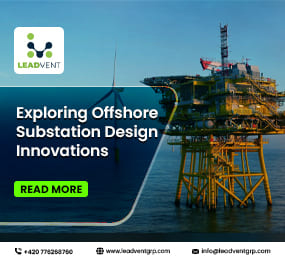Floating vs. Fixed Offshore Substations: Key Differences and Applications
Offshore substations are crucial for transmitting electricity generated by offshore wind farms to onshore grids. They collect, transform, and transmit power, minimizing energy loss during long-distance transmission. These substations can be either fixed to the seabed or floating, each with distinct characteristics and applications.
Fixed offshore substations are built on foundations anchored to the seabed, typically using monopiles or jacket structures. They are the more established technology and are generally preferred for water depths up to 50-60 meters, depending on soil conditions. Fixed substations offer high stability and are suitable for larger wind farms with substantial power transmission needs. Their robust construction allows for easier access for maintenance using jack-up vessels. However, installation can be complex and costly, particularly in challenging seabed conditions, and their visual impact on the coastline can be a concern.
Floating offshore substations (FOSS) are anchored to the seabed using mooring systems, allowing them to operate in deeper waters, typically beyond 60 meters, where fixed foundations are not economically or technically feasible. This unlocks vast new areas for offshore wind development with stronger and more consistent wind resources further offshore. FOSS offer advantages in terms of potentially lower environmental impact during installation, as they eliminate the need for seabed foundations. They can also be constructed and assembled onshore and then towed to the installation site, potentially reducing installation time and costs. However, FOSS technology is still evolving, and challenges remain in ensuring their stability in harsh marine environments and designing reliable dynamic cables for power transmission.
The choice between fixed and floating offshore substations depends primarily on water depth and seabed conditions. Fixed substations are the established and cost-effective solution for shallower waters, while floating substations are essential for unlocking the potential of deep-water offshore wind resources. As the offshore wind industry continues to mature, we will likely see a combination of both technologies deployed, optimizing energy generation and transmission based on site-specific conditions.
Visit our website to know more: https://www.leadventgrp.com/events/2nd-annual-offshore-and-floating-substations-forum/details
For more information and group participation, contact us: [email protected]
Leadvent Group - Industry Leading Events for Business Leaders!


